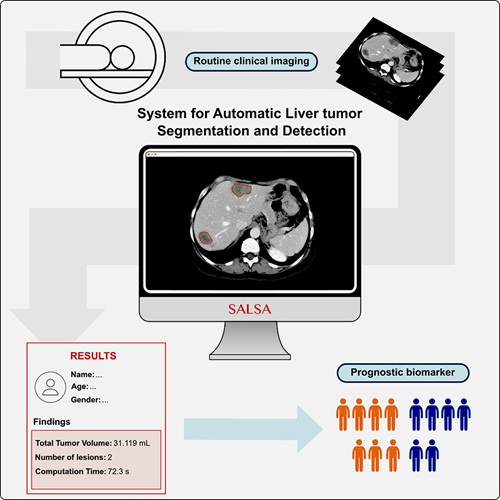Forensic Researchers Set Standards for X-Ray Identification
|
By MedImaging International staff writers Posted on 12 Apr 2016 |
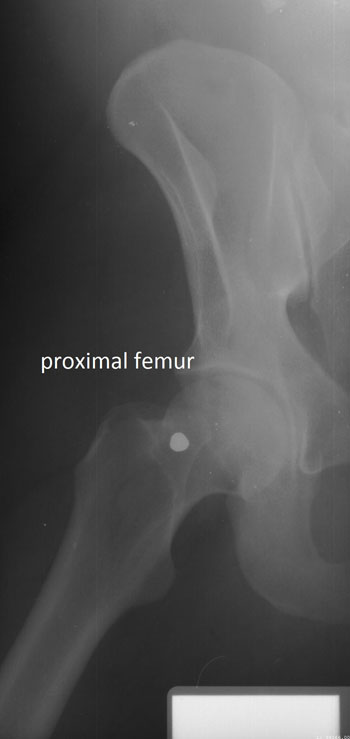
Image: Proximal femur concordant feature (Photo courtesy of Ann Ross/NCSU).
A new study establishes science-based standards for identifying human remains, based on X-rays of an individual's spine, upper leg, or the side of the skull.
Researchers at North Carolina State University (NCSU; Raleigh, USA), Middle Tennessee State University (Murfreesboro, USA), and the University of South Florida (USF; Tampa, USA) compared ante-mortem and post-mortem lateral craniofacial X-rays in 41 cases, X-rays of the vertebral column in 100 cases, and X-rays of the proximal femur in a further 49 cases. The X-rays were then scored for number of concordant features, analyzed using classification decision trees, and evaluated using a receiver operating characteristic.
The researchers then used the data to develop specific standards for each skeletal region. They used additional, unmatched X-rays to test the accuracy of the standards in accurately identifying a body, and how likely were false-positive or false-negative results. The outcome showed a wide spectrum of consistencies; for example, two or more points of concordance are required in lateral cranial X-rays for a 97% probability of a correct identification, with a 10% misclassification rate. And just a single concordant feature is needed on cervical vertebrae for a 99% probability of correct identification, with a 7% misclassification rate.
And if there are one or more femoral head and neck concordant features, the probability of a correct identification is 94% and 97%, respectively. However, at the other end of the spectrum, four or more concordant features are required for a 98% probability of correct identification, and even there is a 40% misclassification rate. The study also established the minimum number of concordant areas needed to confirm positive identifications in the three standard radiographic views. The study was published on March 17, 2016, in in the American Journal of Forensic Medicine and Pathology.
“In the past, forensic experts have relied on a mixed bag of standards when comparing ante-mortem and post-mortem X-rays to establish a positive identification for a body, but previous research has shown that even experts can have trouble making accurate identifications," said lead author Professor of Anthropology Ann Ross, PhD, of NCSU. “We've created a set of standards that will allow for a consistent approach to identification that can be replicated, and that allows experts to determine probabilities for an identification.”
Related Links:
North Carolina State University
Middle Tennessee State University
University of South Florida
Researchers at North Carolina State University (NCSU; Raleigh, USA), Middle Tennessee State University (Murfreesboro, USA), and the University of South Florida (USF; Tampa, USA) compared ante-mortem and post-mortem lateral craniofacial X-rays in 41 cases, X-rays of the vertebral column in 100 cases, and X-rays of the proximal femur in a further 49 cases. The X-rays were then scored for number of concordant features, analyzed using classification decision trees, and evaluated using a receiver operating characteristic.
The researchers then used the data to develop specific standards for each skeletal region. They used additional, unmatched X-rays to test the accuracy of the standards in accurately identifying a body, and how likely were false-positive or false-negative results. The outcome showed a wide spectrum of consistencies; for example, two or more points of concordance are required in lateral cranial X-rays for a 97% probability of a correct identification, with a 10% misclassification rate. And just a single concordant feature is needed on cervical vertebrae for a 99% probability of correct identification, with a 7% misclassification rate.
And if there are one or more femoral head and neck concordant features, the probability of a correct identification is 94% and 97%, respectively. However, at the other end of the spectrum, four or more concordant features are required for a 98% probability of correct identification, and even there is a 40% misclassification rate. The study also established the minimum number of concordant areas needed to confirm positive identifications in the three standard radiographic views. The study was published on March 17, 2016, in in the American Journal of Forensic Medicine and Pathology.
“In the past, forensic experts have relied on a mixed bag of standards when comparing ante-mortem and post-mortem X-rays to establish a positive identification for a body, but previous research has shown that even experts can have trouble making accurate identifications," said lead author Professor of Anthropology Ann Ross, PhD, of NCSU. “We've created a set of standards that will allow for a consistent approach to identification that can be replicated, and that allows experts to determine probabilities for an identification.”
Related Links:
North Carolina State University
Middle Tennessee State University
University of South Florida
Latest Radiography News
- AI Radiology Tool Identifies Life-Threatening Conditions in Milliseconds

- Machine Learning Algorithm Identifies Cardiovascular Risk from Routine Bone Density Scans
- AI Improves Early Detection of Interval Breast Cancers
- World's Largest Class Single Crystal Diamond Radiation Detector Opens New Possibilities for Diagnostic Imaging
- AI-Powered Imaging Technique Shows Promise in Evaluating Patients for PCI
- Higher Chest X-Ray Usage Catches Lung Cancer Earlier and Improves Survival
- AI-Powered Mammograms Predict Cardiovascular Risk
- Generative AI Model Significantly Reduces Chest X-Ray Reading Time
- AI-Powered Mammography Screening Boosts Cancer Detection in Single-Reader Settings
- Photon Counting Detectors Promise Fast Color X-Ray Images
- AI Can Flag Mammograms for Supplemental MRI
- 3D CT Imaging from Single X-Ray Projection Reduces Radiation Exposure
- AI Method Accurately Predicts Breast Cancer Risk by Analyzing Multiple Mammograms
- Printable Organic X-Ray Sensors Could Transform Treatment for Cancer Patients
- Highly Sensitive, Foldable Detector to Make X-Rays Safer
- Novel Breast Cancer Screening Technology Could Offer Superior Alternative to Mammogram
Channels
MRI
view channel
New MRI Technique Reveals Hidden Heart Issues
Traditional exercise stress tests conducted within an MRI machine require patients to lie flat, a position that artificially improves heart function by increasing stroke volume due to gravity-driven blood... Read more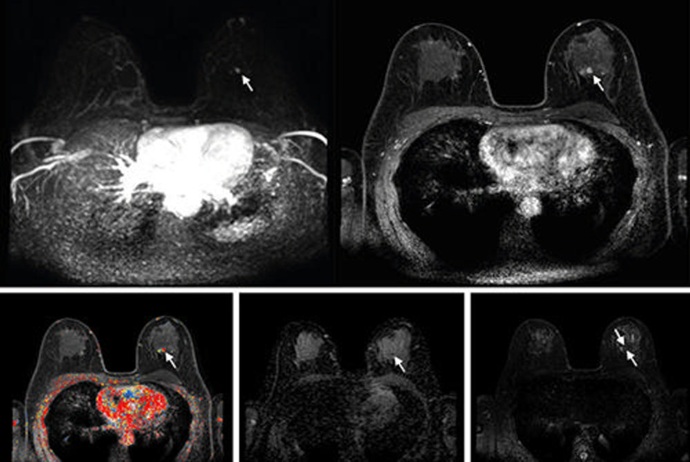
Shorter MRI Exam Effectively Detects Cancer in Dense Breasts
Women with extremely dense breasts face a higher risk of missed breast cancer diagnoses, as dense glandular and fibrous tissue can obscure tumors on mammograms. While breast MRI is recommended for supplemental... Read moreUltrasound
view channel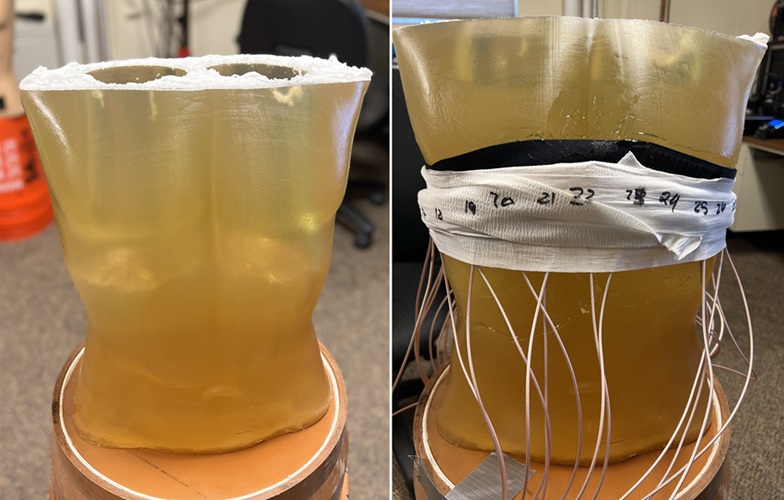
New Medical Ultrasound Imaging Technique Enables ICU Bedside Monitoring
Ultrasound computed tomography (USCT) presents a safer alternative to imaging techniques like X-ray computed tomography (commonly known as CT or “CAT” scans) because it does not produce ionizing radiation.... Read more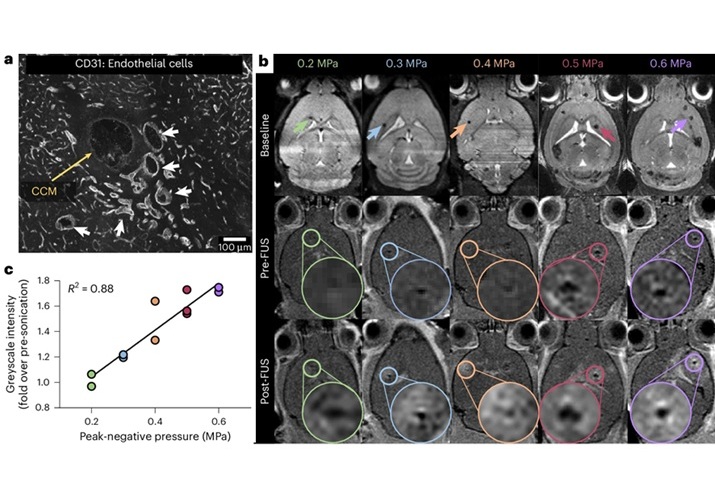
New Incision-Free Technique Halts Growth of Debilitating Brain Lesions
Cerebral cavernous malformations (CCMs), also known as cavernomas, are abnormal clusters of blood vessels that can grow in the brain, spinal cord, or other parts of the body. While most cases remain asymptomatic,... Read moreNuclear Medicine
view channel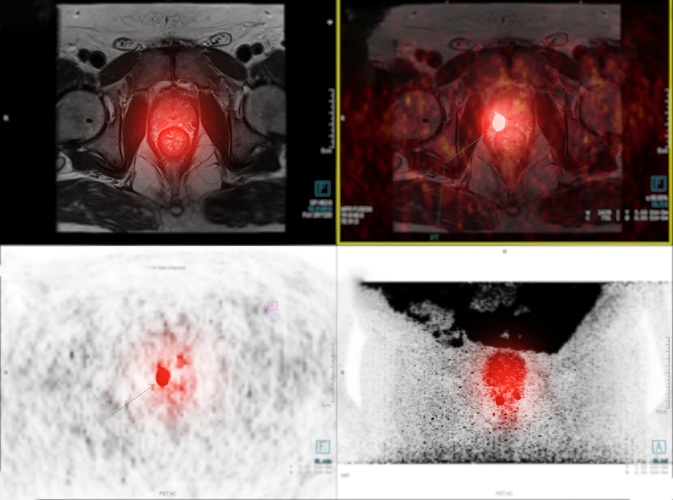
New Imaging Approach Could Reduce Need for Biopsies to Monitor Prostate Cancer
Prostate cancer is the second leading cause of cancer-related death among men in the United States. However, the majority of older men diagnosed with prostate cancer have slow-growing, low-risk forms of... Read more
Novel Radiolabeled Antibody Improves Diagnosis and Treatment of Solid Tumors
Interleukin-13 receptor α-2 (IL13Rα2) is a cell surface receptor commonly found in solid tumors such as glioblastoma, melanoma, and breast cancer. It is minimally expressed in normal tissues, making it... Read moreGeneral/Advanced Imaging
view channel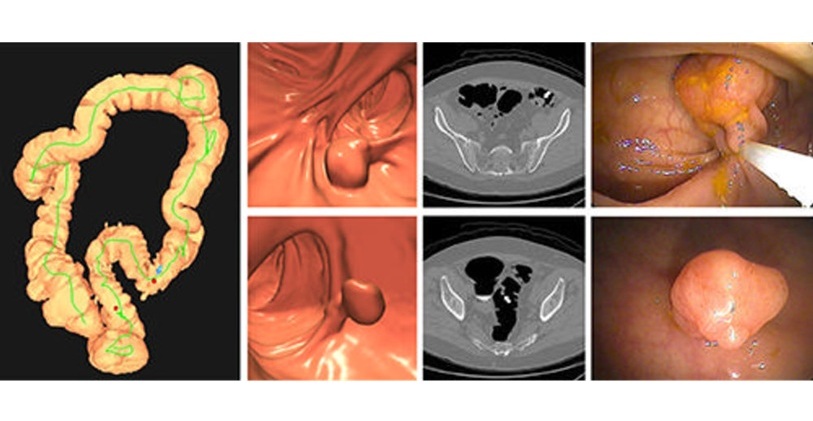
CT Colonography Beats Stool DNA Testing for Colon Cancer Screening
As colorectal cancer remains the second leading cause of cancer-related deaths worldwide, early detection through screening is vital to reduce advanced-stage treatments and associated costs.... Read more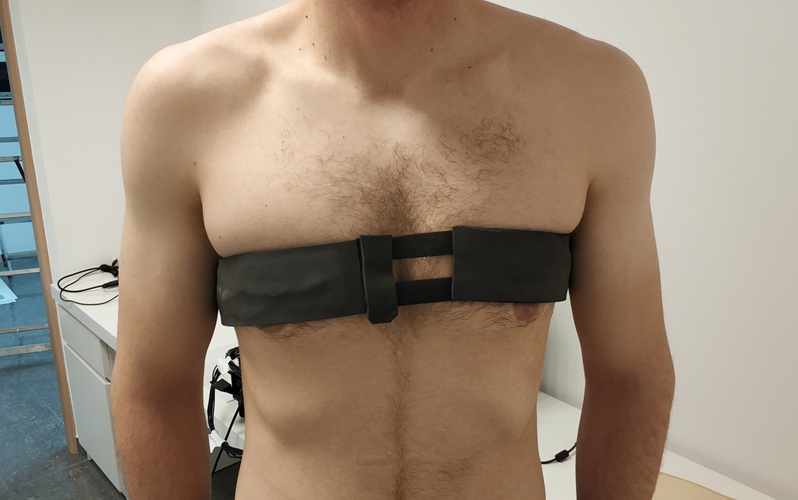
First-Of-Its-Kind Wearable Device Offers Revolutionary Alternative to CT Scans
Currently, patients with conditions such as heart failure, pneumonia, or respiratory distress often require multiple imaging procedures that are intermittent, disruptive, and involve high levels of radiation.... Read more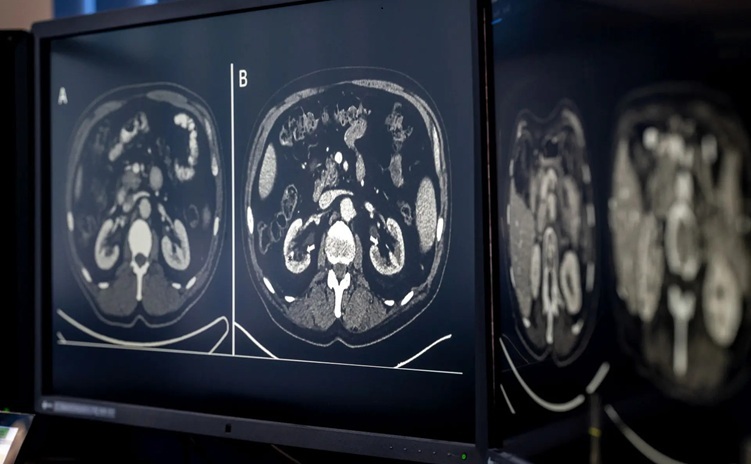
AI-Based CT Scan Analysis Predicts Early-Stage Kidney Damage Due to Cancer Treatments
Radioligand therapy, a form of targeted nuclear medicine, has recently gained attention for its potential in treating specific types of tumors. However, one of the potential side effects of this therapy... Read moreImaging IT
view channel
New Google Cloud Medical Imaging Suite Makes Imaging Healthcare Data More Accessible
Medical imaging is a critical tool used to diagnose patients, and there are billions of medical images scanned globally each year. Imaging data accounts for about 90% of all healthcare data1 and, until... Read more
Global AI in Medical Diagnostics Market to Be Driven by Demand for Image Recognition in Radiology
The global artificial intelligence (AI) in medical diagnostics market is expanding with early disease detection being one of its key applications and image recognition becoming a compelling consumer proposition... Read moreIndustry News
view channel
GE HealthCare and NVIDIA Collaboration to Reimagine Diagnostic Imaging
GE HealthCare (Chicago, IL, USA) has entered into a collaboration with NVIDIA (Santa Clara, CA, USA), expanding the existing relationship between the two companies to focus on pioneering innovation in... Read more
Patient-Specific 3D-Printed Phantoms Transform CT Imaging
New research has highlighted how anatomically precise, patient-specific 3D-printed phantoms are proving to be scalable, cost-effective, and efficient tools in the development of new CT scan algorithms... Read more
Siemens and Sectra Collaborate on Enhancing Radiology Workflows
Siemens Healthineers (Forchheim, Germany) and Sectra (Linköping, Sweden) have entered into a collaboration aimed at enhancing radiologists' diagnostic capabilities and, in turn, improving patient care... Read more














.jpeg)



